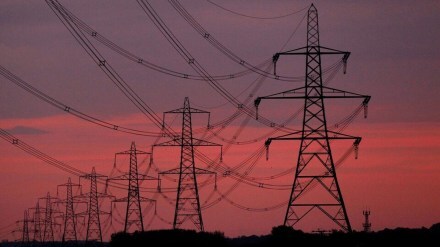India’s electricity demand is projected to grow at a compound annual growth rate (CAGR) of 6-6.5 per cent over the next five years, says a report by ICRA. In the financial year 2026 alone, India’s electricity demand is expected to see a growth of 5-5.5 per cent, which will increase in the following years. This, it added, will be driven largely by the rapid adoption of electric vehicles (EVs), expansion of data centres, and green hydrogen production.
Vikram V, Vice President & Co-Group Head – Corporate Ratings, ICRA, said, “These three segments are expected to contribute to 20-25% of the incremental demand over the next five-year period from FY2026 to FY2030. The growth in demand for grid capacity is expected to be offset to some extent, by the rising adoption of rooftop solar and off-grid projects, driven by schemes such as the Pradhan Mantri Surya Ghar Yojana.”
Key driving factors
Adoption of electric vehicles is expected to increase throughout the country in the coming years, which will increase the demand for electricity. At the same time, there is going to be a significant addition of data centres, which require a large amount of energy for their operations.
Along with a power demand for green hydrogen production, these sectors will contribute 20-25 per cent to the increased demand for electricity in the coming five years, says the ICRA report.
Thermal power to meet the demand
While India’s demand for electricity is expected to increase, power generation capacity will also see a growth with a substantial capacity addition in the same period. India will add about 44 GW of generation capacity in FY26, says ICRA.
As per the ICRA report, India’s power generation capacity stands at about 476 GW. Hydropower contributes about 11 per cent of the capacity, while other renewable energy sources like solar and wind contribute about 30 per cent to the country’s total power generation. Coal-based thermal power remains the single largest contributor to India’s power generation.
The report suggests that as the renewable energy output increases in the coming years, it will meet the increased demand to a large extent; however, thermal power will still hold a significant place in meeting the power demands. There is a 9 to 10 GW thermal power capacity addition expected in the FY26, says the report. Additionally, the thermal plant load factor is expected to remain flat at 70 per cent capacity in this financial year.
Power tariff
The average spot power tariffs in the day ahead market (DAM) of the Indian Energy Exchange moderated to Rs 4.4 per unit in FY25 from Rs 5.2 per unit in FY24, given the slowdown in demand growth and higher capacity.
Meanwhile, coal stock at domestic power plants hit a five-year high—enough for about 20 days—as of May 21, 2025, according to ICRA. This, it adds, is due to better supply and slower growth in thermal power generation. With coal prices falling in the open market and stock levels up, short-term electricity tariffs are likely to stay stable in FY2026.
Discoms (power distribution companies) saw a drop in book losses across India in FY2024 compared to FY2023, thanks to higher tariffs, more subsidies, and state government grants to cover past losses. However, most states still face a gap between the cost of power supply and what they earn from tariffs.
Vikram V said, “The tariff orders for FY2026 have been issued in 19 out of the 28 states as of May ’25, reflecting a moderate progress in issuance of tariff orders. Despite the loss-making operations of the discoms, the tariff hikes approved for FY2026 remain muted across most states, similar to FY2025.”
ICRA expects the cash gap per unit for the discoms at the all-India level to remain high at 35 paise per unit in FY2026.
